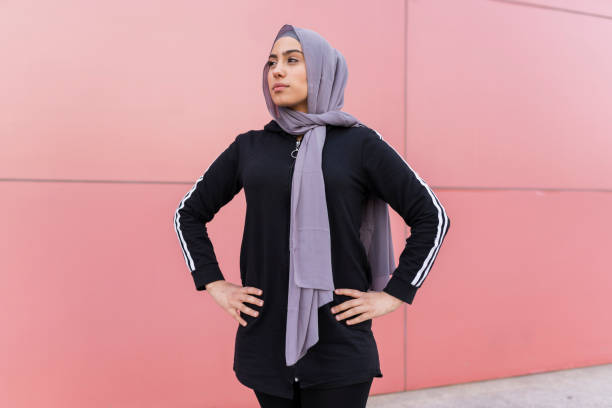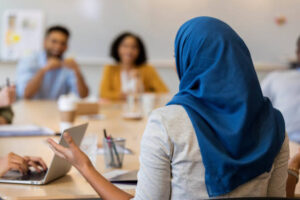Empowering Women: The Role of Hijab in Promoting Gender Equity
Introduction: The hijab is more than just a piece of cloth worn by Muslim women; it is a symbol of modesty, faith, and empowerment. Often misconstrued as a symbol of oppression, the hijab, when understood in its true essence, actually plays a significant role in promoting gender equity. In this blog post, we will explore how the hijab empowers women and contributes to creating a more equitable society.
Expression of Choice:
Contrary to popular belief, wearing the hijab is a personal choice made by women, rooted in their faith and values. It allows women to take ownership of their bodies, determining how and when they want to present themselves to the world. By choosing to wear the hijab, women assert their agency, expressing their religious and cultural identity on their own terms.
Equality in Modesty:
The hijab promotes gender equity by emphasizing the importance of modesty for both men and women. It encourages a shared responsibility for maintaining a respectful and dignified environment. By covering their bodies, women are not objectified solely based on their physical appearance, fostering a more equal and inclusive society where women are valued for their intellect, character, and contributions.
Challenging Stereotypes:
The hijab challenges stereotypes and misconceptions surrounding Muslim women. It defies the notion that women’s worth is determined solely by their physical appearance. By wearing the hijab, Muslim women assert their presence in public spaces, breaking down stereotypes and showing that they can excel in various fields, be it education, entrepreneurship, science, or the arts. Their achievements and contributions become a testament to their capabilities, challenging societal biases and fostering gender equity.
Emphasizing Inner Beauty:
The hijab shifts the focus from external beauty to inner qualities. By covering their hair and bodies, women are encouraged to prioritize their intellect, kindness, compassion, and character. This emphasis on inner beauty fosters a society where women are valued for their qualities beyond their physical appearance, promoting equality based on merit and personal qualities rather than superficial standards.
Encouraging Respectful Interactions:
The hijab plays a crucial role in creating respectful interactions between genders. It sets boundaries and promotes modesty, encouraging individuals to focus on meaningful connections and respectful dialogue rather than objectification. By encouraging modesty, the hijab contributes to creating a society where women are respected for their intellect, ideas, and contributions, fostering a more equitable and inclusive environment.
Challenging Patriarchal Norms:
In many societies, patriarchal norms and expectations limit women’s freedom and opportunities. The hijab, as a symbol of modesty and faith, challenges these norms and empowers women to live their lives on their own terms. It gives them the confidence to pursue education, careers, and personal goals while remaining true to their values. By challenging patriarchal structures, the hijab contributes to dismantling gender inequalities and promoting equity.
Conclusion: Far from being a symbol of oppression, the hijab plays a vital role in promoting gender equity. It empowers women to express their faith, values, and personal choices. By emphasizing modesty, inner beauty, and respectful interactions, the hijab challenges stereotypes, fosters equality, and creates a more inclusive society. It is important to recognize and respect women’s agency. In choosing to wear the hijab, and to appreciate the role it plays in empowering women and promoting gender equity.




